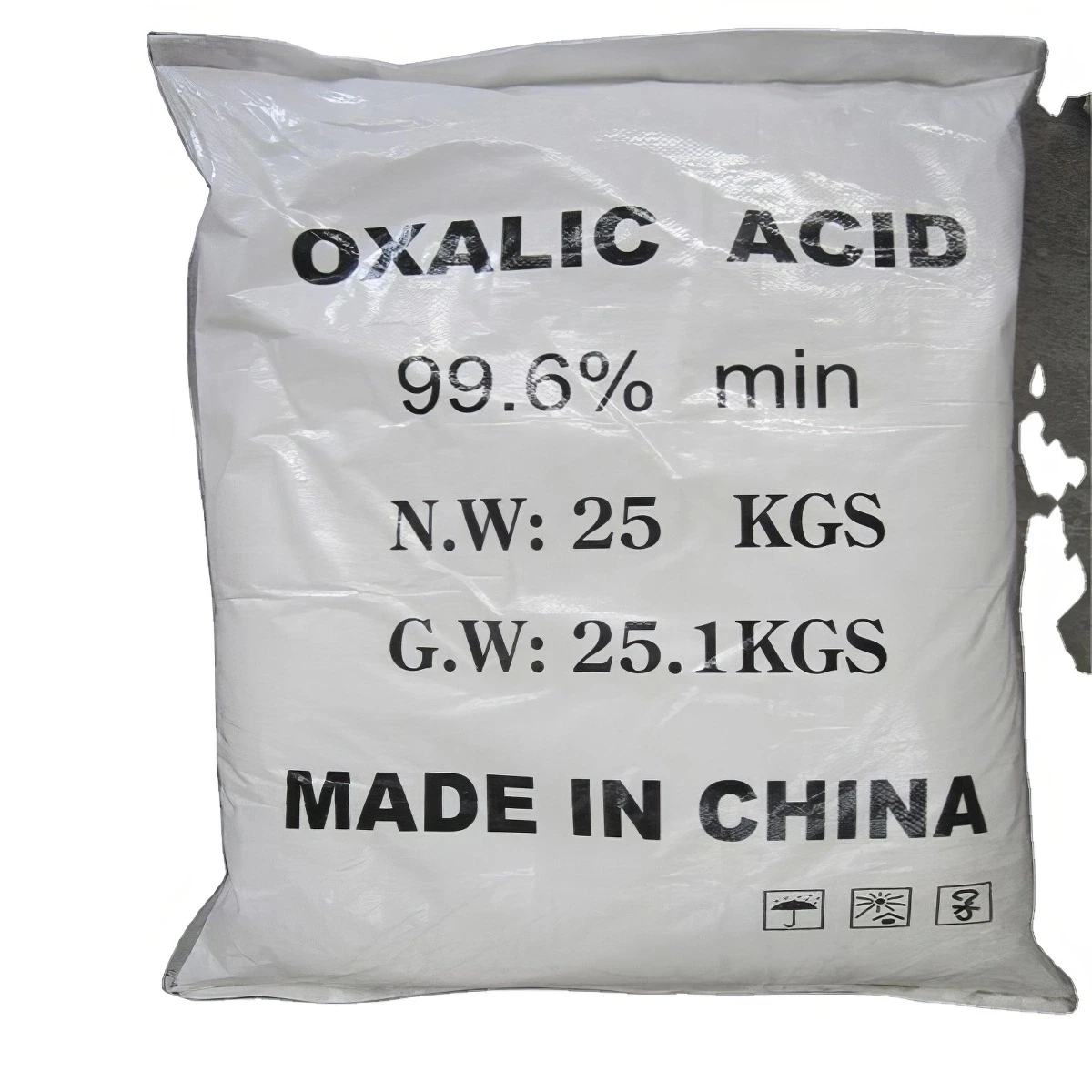



dry polyacrylamide
Understanding Dry Polyacrylamide Properties, Applications, and Benefits
Polyacrylamide is a synthetic polymer that has gained widespread use in various industries due to its unique properties and versatility. When in its dry form, polyacrylamide exhibits a range of characteristics that make it particularly useful in applications such as water treatment, soil conditioning, and oil recovery. This article delves into the properties, applications, and benefits of dry polyacrylamide, offering an overview of its importance in both industrial and agricultural sectors.
Properties of Dry Polyacrylamide
Dry polyacrylamide is typically a white powder composed of long chains of acrylamide monomers. One of its key properties is its ability to absorb water and swell, transforming into a gel-like substance upon hydration. This property is critical for its effectiveness in various applications. The polymer's molecular structure allows it to form stable suspensions and gels, which are invaluable in numerous processes.
Moreover, polyacrylamide can be modified to enhance certain properties. For instance, by incorporating charged groups into its structure, polyacrylamide can be converted into cationic, anionic, or non-ionic forms. This ability to be tailored makes it suitable for specific applications, such as flocculation, where charged particles help bind suspended solids in water.
Applications of Dry Polyacrylamide
The applications of dry polyacrylamide are extensive, spanning multiple industries
.1. Water Treatment One of the most significant uses of dry polyacrylamide is in water treatment processes. It serves as a flocculant, assisting in the removal of suspended particles, organic matter, and contaminants from water. By promoting the clumping together of these particles, polyacrylamide aids in the sedimentation process, thereby improving the clarity and quality of water.
dry polyacrylamide

2. Agriculture In agricultural practices, dry polyacrylamide is utilized to improve soil structure and water retention. When incorporated into the soil, it enhances moisture absorption and reduces erosion. This property is particularly beneficial in arid regions, where water conservation is crucial for sustainable farming.
3. Oil Recovery The oil and gas industry also benefits from polyacrylamide. It is employed in enhanced oil recovery techniques, where it helps improve the viscosity of water injected into oil reservoirs. This increased viscosity aids in the displacement of oil, allowing for more efficient extraction.
4. Papermaking In the papermaking industry, polyacrylamide is used as a retention aid, improving the efficiency of fiber retention and reducing the amount of raw materials required. This leads to cost savings and a decrease in environmental impact.
Benefits of Dry Polyacrylamide
The advantages of using dry polyacrylamide are numerous. First and foremost, its effectiveness at low concentrations means that minimal amounts can achieve significant results, making it a cost-effective option for many industries. Additionally, its versatility allows for customized formulations suitable for specific applications, enhancing overall efficiency.
Moreover, the environmental impact of polyacrylamide is relatively low. When used correctly, it does not produce harmful byproducts, and its biodegradability can be improved through specific formulations. This characteristic aligns with modern sustainability goals and the increasing demand for environmentally friendly products.
Conclusion
In conclusion, dry polyacrylamide is a vital material with a range of properties and applications. From water treatment to agriculture and oil recovery, its versatility is undeniable. As industries continue to seek efficient and sustainable solutions, the role of dry polyacrylamide is likely to expand, making it an essential component in both current and future technological advancements. Understanding and harnessing its benefits can lead to improved processes, reduced costs, and a more sustainable approach to industrial challenges.
-
Why Sodium Persulfate Is Everywhere NowNewsJul.07,2025
-
Why Polyacrylamide Is in High DemandNewsJul.07,2025
-
Understanding Paint Chemicals and Their ApplicationsNewsJul.07,2025
-
Smart Use Of Mining ChemicalsNewsJul.07,2025
-
Practical Uses of Potassium MonopersulfateNewsJul.07,2025
-
Agrochemicals In Real FarmingNewsJul.07,2025
-
Sodium Chlorite Hot UsesNewsJul.01,2025










